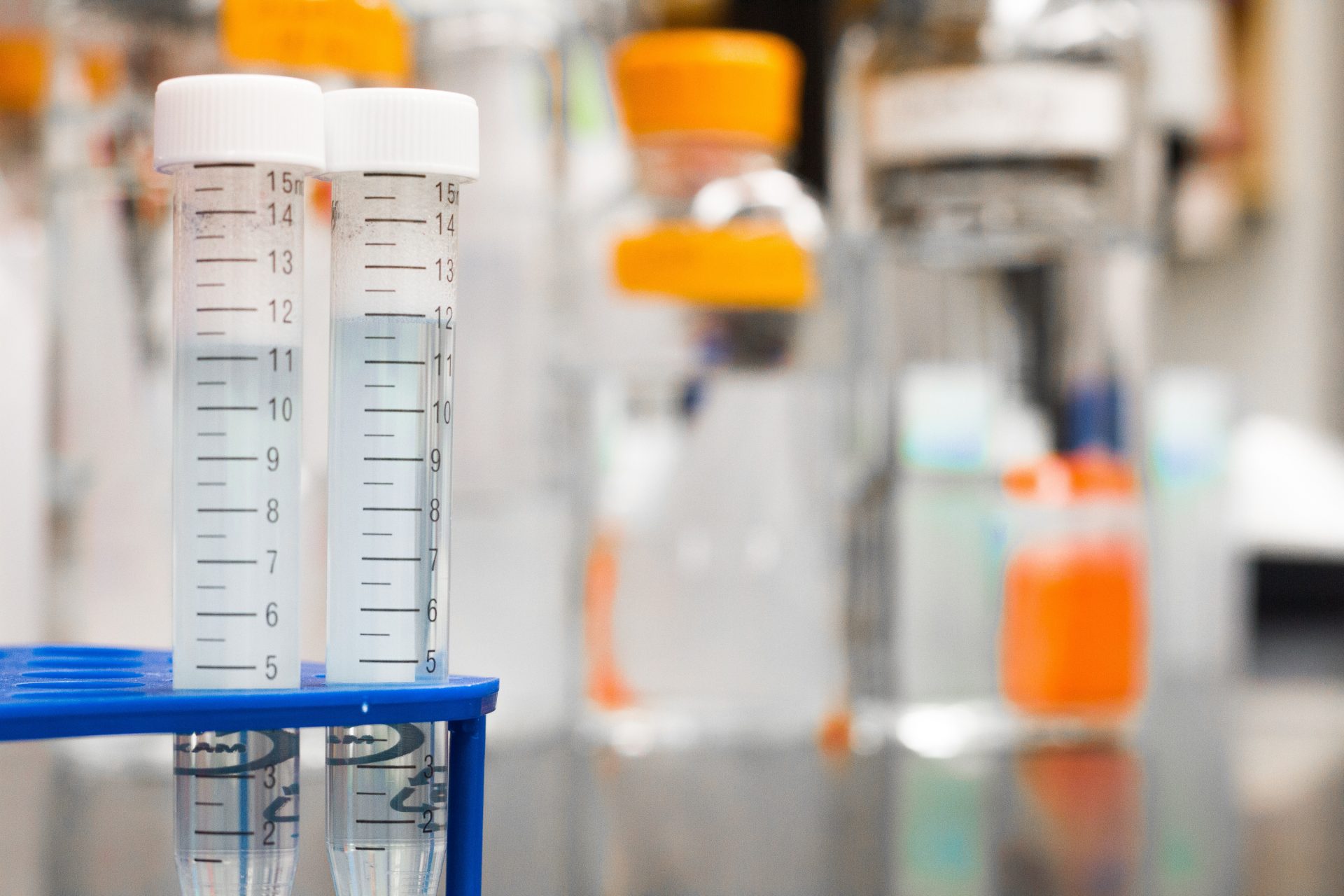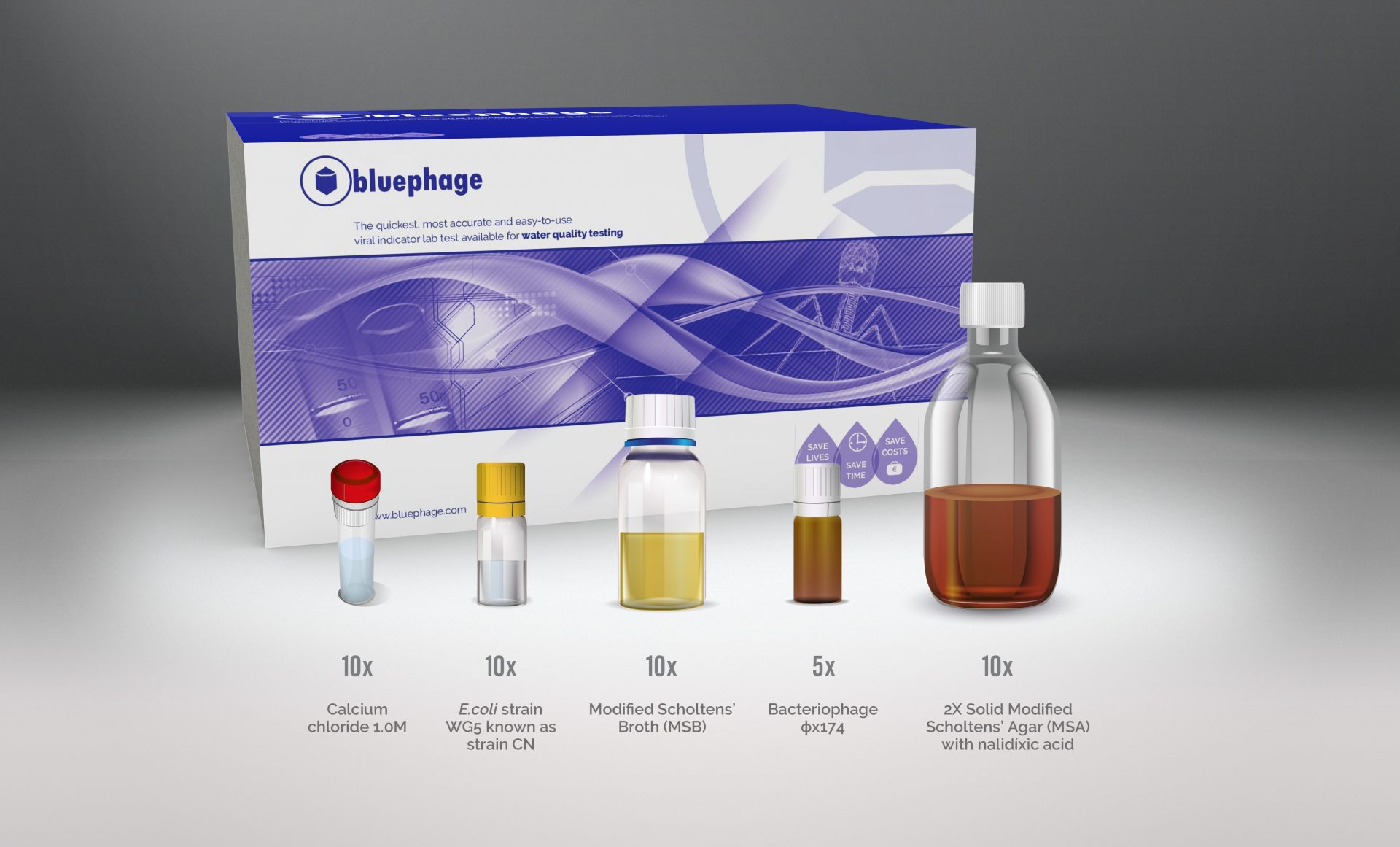BLOG | Bluephage
The water safety plan is crucial for sustainable water reuse in a drought context

Water reuse, also known as water recycling or water reclamation, is a process that involves treating wastewater, greywater, or stormwater to a quality suitable for human consumption or agricultural irrigation.
This approach can help reduce demand for fresh water sources and mitigate the impact of water scarcity, which is becoming an increasingly urgent issue in many parts of the world.
Reusing water for human consumption typically involves treating wastewater to a level that meets drinking water standards, which involves several stages of treatment, including physical, chemical, and biological processes. The treated water can then be used for non-potable purposes, such as some types of irrigation or industrial processes, or incorporated directly or indirectly into the water resources for its subsequent potability into drinking water.
Water reuse for agricultural irrigation involves treating wastewater or greywater safely for crops and soil, which may require less treatment than for human consumption. This type of water reuse can provide an additional water source for crops and help reduce dependence on freshwater resources. However, ensuring that the treated water does not contain harmful contaminants or pathogens that could pose a risk to human health or to the environment is crucial.
In the context of a water crisis where water recycling is a priority, increased monitoring of water safety for pathogens is vitally important. Water recycling involves treating wastewater to a level suitable for reuse, which may include detecting and removing pathogens that may pose a risk to human health or the environment. However, there is always a risk that some pathogens may survive a treatment process.
A Water Safety Plan (WSP) is a comprehensive risk management approach designed to ensure the safety and quality of water, being imperative in drinking water. It involves identifying and assessing potential hazards and risks, implementing control measures to prevent or mitigate those risks, and monitoring the effectiveness of those measures.
Among the pathogens that it is needed to monitor in a WSP, we should pay close attention to viruses since if it is only used the usual microbial indicators for bacterial pathogens (for example, Escherichia coli or intestinal enterococci) do not allow us to accurately monitor viruses. Coliphages are viruses that infect coliform bacteria and are often used as an indicator of fecal contamination in water and viral indicators. Including coliphage surveillance in a WSP helps identify potential risks of the presence of viruses associated with fecal contamination and assess the effectiveness of control measures to reduce those risks.
Bluephage assists the professional community in managing water quality monitoring with its product offering for rapid and simpler coliphage testing than traditional ISO and US-EPA methods.
The steps necessary to include coliphage surveillance in a WSP are described below:
- Hazard identification: Identify potential sources of fecal contamination in the water supply system, including septic systems, wastewater treatment plants, and animal waste.
- Risk Assessment: Assess the potential risk associated with the presence of viruses through faecal contamination and identify critical control points where coliphage surveillance could be useful.
- Control measures: Implement control measures to prevent or mitigate risks associated with virus presence and fecal contamination, such as improving treatment processes or implementing disinfection measures.
- Surveillance and verification: Implement a coliphage surveillance program to evaluate the effectiveness of control measures and detect any potential risks. This surveillance should be conducted at critical control points identified in the risk assessment.
- Documentation and communication: Document the results of coliphage surveillance in the AHP and communicate any potential risks or problems to relevant stakeholders, such as regulatory agencies or the public.
Bluephage provides an innovative solution for the detection of coliphages in water. Our patented technology enables rapid and accurate coliphage testing in just a few hours, unlike traditional methods that cannot be performed in a working day.. In addition, our products are easy to use and require minimal training, making it ideal for use in a variety of settings.
By using Bluephage to test for coliphages, water managers can more effectively assess the risks associated with water recycling and take the necessary steps to protect public health. In addition, our technology provides reliable and timely results, allowing water managers to respond quickly to potential risks and take corrective actions as needed.
Incorporating Bluephage into a WSP helps meet regulatory requirements related to water quality and safety. At present, many regulatory agencies and national and international authorities require monitoring specific parameters, including coliphages, to ensure the safety of recycled water. Using Bluephage, water managers can meet these requirements more efficiently and cost-effectively than traditional methods.


